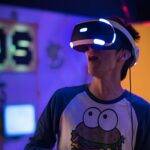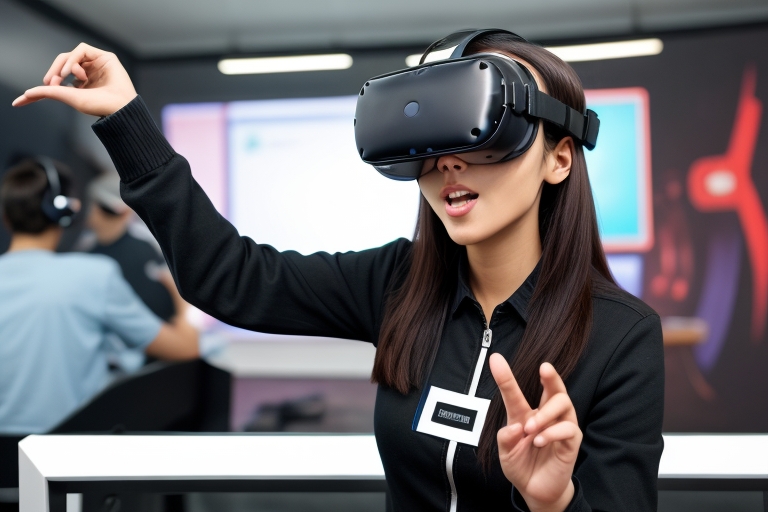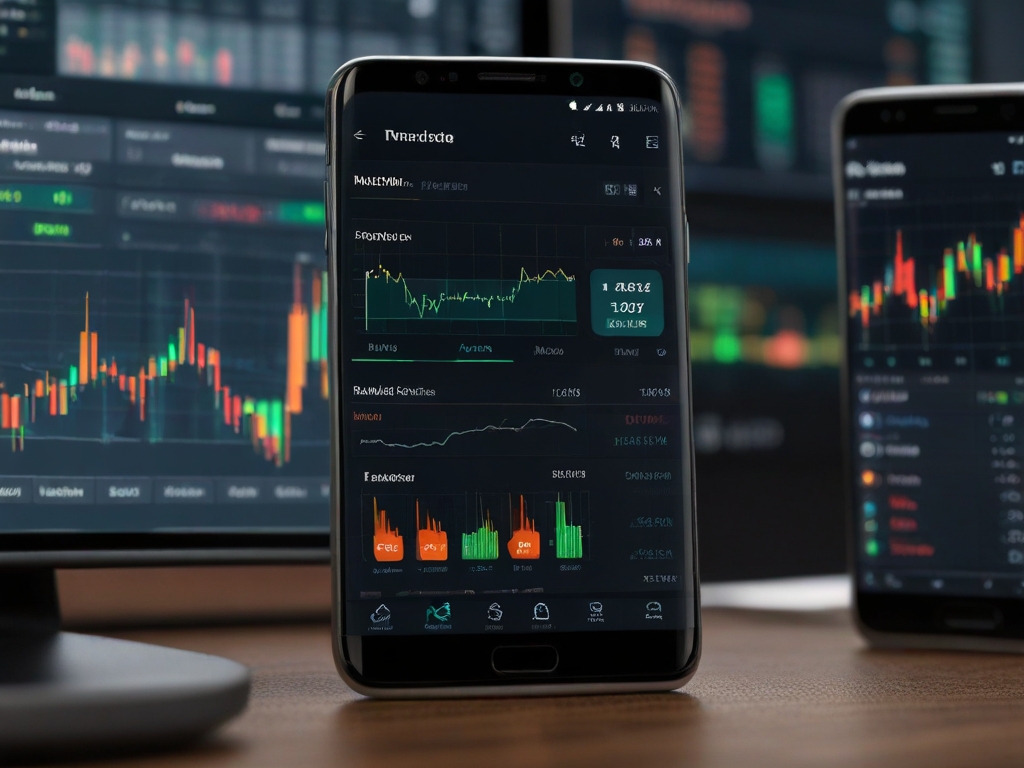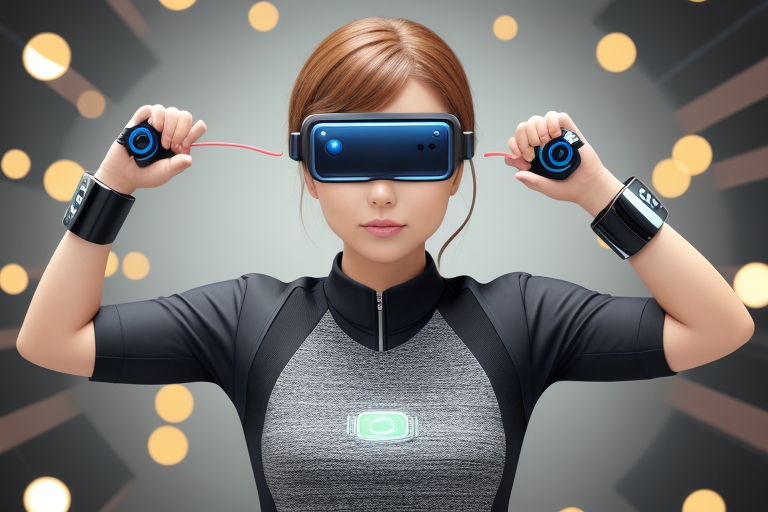Virtual reality (VR) allows users to experience immersive, computer-generated environments and simulations through VR headsets and gear. While VR technology has been around for decades, it has recently gone mainstream with affordable consumer products like the Oculus Quest 2. For those new to the world of virtual reality, this beginner’s guide will get you up to speed on everything from VR applications to choosing the right gear. Let’s dive in!
What is Virtual Reality?
Virtual reality refers to immersive, three-dimensional computer-generated environments that users can interact with and explore. In a virtual world, the user becomes fully present by entering the experience through a VR headset. This creates sensory stimuli like high-resolution visuals, spatial audio and even haptics. The user’s movements are tracked, allowing real-time interaction with the virtual environment. This creates a suspension of disbelief that the user has been transported to a simulated reality.
History of Virtual Reality
The origins of virtual reality technology stretch back to the 1950s:
- 1950s – Mechanical flight simulators and sensorama machines provided immersive visual and sensory experiences.
- 1960s – Technology pioneers predicted the possibility of digitally-generated artificial worlds.
- 1970s – researchers developed early head-mounted displays and virtual reality prototypes.
- 1980s – Jaron Lanier coined the term “virtual reality” and founded VPL Research which developed gear like goggles and gloves.
- 1990s – Consumer VR products like Nintendo Virtual Boy released, but failed due to limitations in graphics, interface and comfort.
- 2010s – Oculus Rift kickstarted renewed interest in consumer virtual reality with innovative headsets.
Virtual reality has gradually improved over decades thanks to advances in computing power, graphics and motion tracking. It is now experiencing mass consumer adoption.
Benefits and Use Cases of Virtual Reality
What are the unique advantages of the immersive VR format, and how is it being used today across industries?
Simulations and Training
The ability to simulate realistic experiences is invaluable for training in fields like medicine, aviation, space and the military. VR provides safe, cost-effective environments to develop skills.
Education
VR enables students to engage with learning materials more interactively. They can visit historical sights, explore outer space, simulate lab experiments…learning becomes vivid and memorable.
Virtual Meetings and Events
Reduces the need for business travel through collaborative virtual meetings. Engage with others’ avatars as if sharing a physical space.
Design and Architecture Visualization
Architects and engineers use VR to experience concepts and showcase designs to clients before construction. Allows interactive modifications.
Psychology Treatment
VR psychotherapy exposes patients to immersive simulations of fears or trauma in a controlled environment to encourage healing.
Entertainment
Provides the ultimate escapism in gaming and movies. Games like Beat Saber provide active, addictive experiences. Major studios produce VR films.
And this is just the beginning…VR applications are expanding rapidly across industries.
Types of Virtual Reality Systems
There are three approaches to VR experiences, depending on the level of immersion and required equipment:
Mobile VR
Uses smartphone inserted into a VR viewer like Google Cardboard or Gear VR. Easy to access, but lower quality VR experience than high-end systems. Good casual introduction to VR.
Standalone VR
All-in-one headsets contain built-in displays and processing like Oculus Go and Quest. No smartphone, console or PC required. Convenience combined with high-quality graphics and tracking.
PC/Console VR
High-end headsets like HTC Vive, Oculus Rift and PSVR connect via cables to a computer or gaming console for processing and graphics. Highest quality VR systems available today. The downside is being physically tethered.
Choosing mobile, standalone or tethered VR depends on your budget, convenience needs and desired quality level.
Key Components of a VR System
Virtual reality gear consists of these core components working together to create immersion:
Headset
The headset contains the virtual reality goggles with stereoscopic displays for 3D visuals. Many also feature built-in headphones or earbuds with spatial audio.
Tracking
To stay oriented in the virtual world as you move, VR headsets use outside-in or inside-out tracking of your position via sensors.
Controllers
Handheld motion controllers allow interaction with the virtual environment using gestures and buttons mapped to actions. Some systems even track hands.
Computing Hardware
PC/console systems offload processing and graphics rendering to external hardware you connect the headset to via cable. Mobile/standalone units are self-contained.
When shopping for a VR setup, compare the capabilities of these components to find the optimal balance for your budget and experience goals.
Choosing Your Virtual Reality System
With major VR options ranging from mobile to high-end tethered setups, selecting your first VR system can be daunting. Here are key factors to weigh:
- Budget – Sets range from ~$200 for mobile solutions up to $1000+ for computing-powered ones. Determine how much you can reasonably spend.
- Processing Power – Mobile and standalone headsets limit graphics compared to PC/console systems. Choose based on VR experience fidelity you want.
- Built-in Cameras – Some systems like Quest 2 have front cameras enabling mixed reality capture and passthrough of real environments when needed. Useful safety feature.
- Controller Ergonomics – Compare comfort and intuitive button layouts across motion controller options for your headset. Can you rest hands when not using?
- Future Upgradability – Select an ecosystem like Oculus where you can upgrade components down the line rather than fully replacing systems.
Choosing the optimal price/performance/features balance for your VR needs ensures you get the most engaging experience possible.
Exploring Top VR Applications
The range of content and experiences available for virtual reality today is truly astounding. Here are some of the most popular VR apps to explore first across key categories:
Games
- Beat Saber – Slice through flying blocks with light sabers rhythmically to music. Extremely addictive and active.
- Superhot VR – Shooter game with unique time mechanic. Time stands still until you move, creating riveting matrix-like action.
Exercise
- FitXR – Boxing, dancing and rhythm game workouts to turn fitness into play. Burn serious calories.
- Supernatural – Full body rhythmic workouts in majestic locations with coaches guiding your progress.
Meditation & Relaxation
- Tripp – Interactive programs with breathing/meditation exercises in beautiful CGI environments to reduce stress.
- Guided Meditation VR – Leading meditation app with immersive environments to practice mindfulness in. Deeply relaxing.
The variety of apps and games on platforms like SideQuest and App Lab expands daily. Try out diverse experiences to discover the magical possibilities of virtual reality!
Best Practices for Using VR Safely
While virtual reality can transport you to astonishing worlds, it is important to maintain safety in your physical environment:
- Set up your VR space in an open area free of tripping hazards and risky objects.
- Be aware of your physical boundaries using system features like Oculus Guardian.
- Stay centered in your designated VR space during use. Using a swivel chair can help.
- Take frequent breaks to prevent motion sickness and eye strain. 15 minutes of use, 15 minutes off is a good baseline.
- Sanitize VR gear between users to maintain hygiene. Disinfectant wipes on foam interfaces work well.
Using common sense precautions helps avoid injury and keep VR a positive experience for everyone.
The Future of Virtual Reality
As VR technology continues advancing rapidly, exciting innovations emerge on the horizon:
- More lifelike graphics with ray tracing, reduced screen door effect
- Inside-out tracking getting smoother, more responsive with machine learning
- Screen resolution and field of view increasing for optimal immersion
- Seamless integration with augmented reality via passthrough cameras
- Multisensory experiences engaging more senses like touch and smell
Virtual reality is approaching the long-dreamed vision of truly transportive simulated reality. Smaller companies like kojyon.com can ride the leading edge of VR innovations by developing cutting-edge applications, components and complementary technologies. The future looks incredibly bright for the world of virtual reality!















